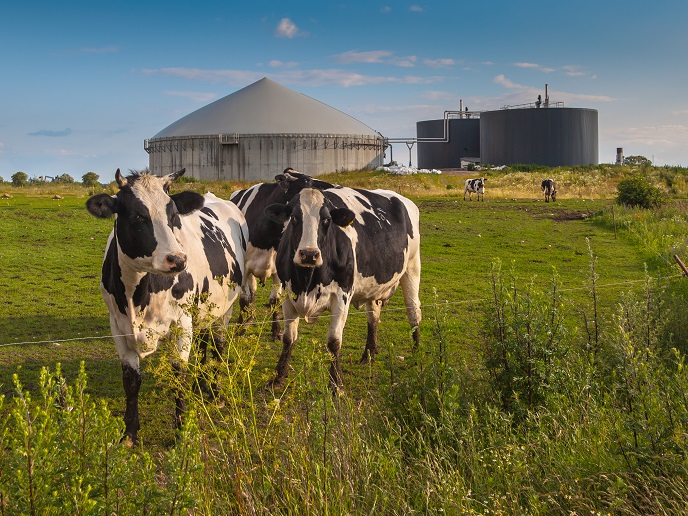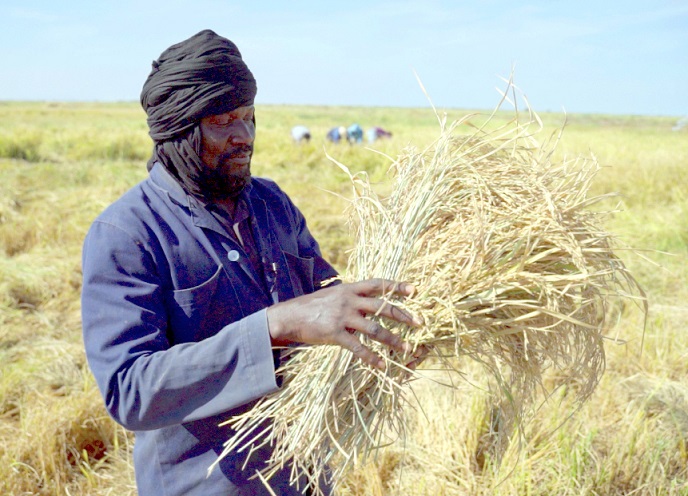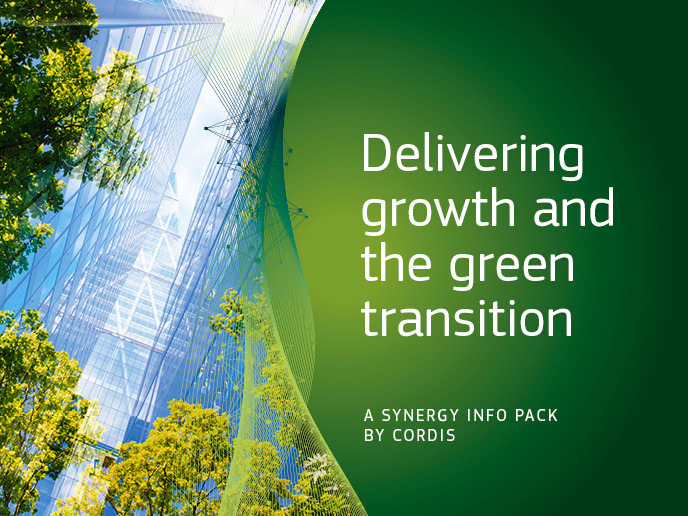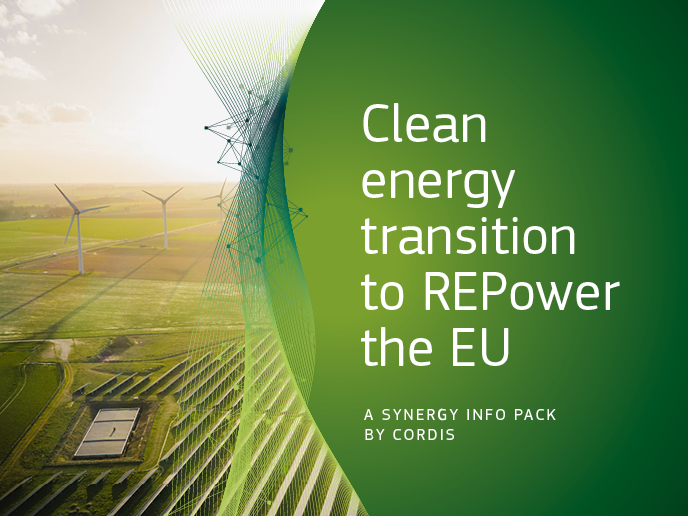Decimating waste in agro-food wastewater
The agro-food industrial sector generates tremendous amounts of wastewater relative to final product. The extremely high content of organic matter (chemical oxygen demand, or COD) in the wastewater must be treated for safe discharge on surface water. Currently, even the most technologically advanced treatment systems face important limitations that impact the industry and the environment. EU-funded researchers working on the Anaergy project have developed a highly efficient and compact treatment ‘machine’. Small- and medium-sized enterprises (SMEs) struggle to be competitive. SMEs account for 99 % of companies in the agro-food industry and their high waste-to-product ratio impacts profitability. Currently, the most advanced anaerobic digesters eliminate only about 60-80 % of organic matter. Further, their biogas generation that could be used to power the wastewater treatment is only 35-50 % efficient. High COD content after anaerobic digestion makes post-treatment a requirement. However, adding another process adds uncertainty to the outcome, requires more factory floor space for equipment and, of course, additional cost to SMEs. Many SMEs cannot afford the investment, resulting in fees and fines. As project coordinator Joaquin Murria Martin says, “Most of the polluted discharge goes to rivers or to urban wastewater treatment plants. The latter are not designed for this type of wastewater that is 30 times more polluted than urban wastewater. Thus, the urban wastewater treatments plants are overloaded and working inefficiently, consuming extra energy and chemicals. Treating the water at the discharge point is 25 times cheaper than treating it once it is mixed with the rest of the pollutants.” Anaergy paves the way to profitable agro-food SMEs Anaergy has delivered a proprietary multiphase sequential digester, the first ever to combine anaerobic and aerobic digestion with photocatalysts in a compact system. According to Murria Martin, “We wanted it to become … a machine instead of a process.” It features automated control and impressive global efficiency that exploits improved efficiencies at each step in the sequential process. In other words, the whole is more than the sum of the parts. Key to success is PUREMUST trademarked anaerobic technology(opens in new window), a specialised nitrate elimination system developed within the context of the Anaergy project. The prototype has been tested in four pilot plants. It achieved up to 99.8 % COD elimination facilitating direct discharge to land. Eliminating the need for post-treatment also reduces operational costs by 60 %. Anaergy’s technology costs EUR 150 000, much less than conventional digesters, and increases biogas production efficiency up to 60 %. Reduced investment, operational and maintenance costs combined with use of the biogas produced to power the plant enable a return on investment within 12-20 months. The consortium targets commercialisation for 2021 Q1 and profits greater than EUR 17.9 million within the first four years. Clearly, Anaergy outcomes will significantly enhance the profitability and eco-friendliness of SMEs in the agro-food industry. By minimising the discharge of pollutants to rivers, and excessive energy and chemical utilisation associated with urban wastewater treatment, Anaergy outcomes will also have important benefits for the environment.







